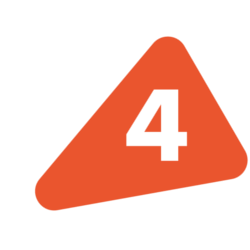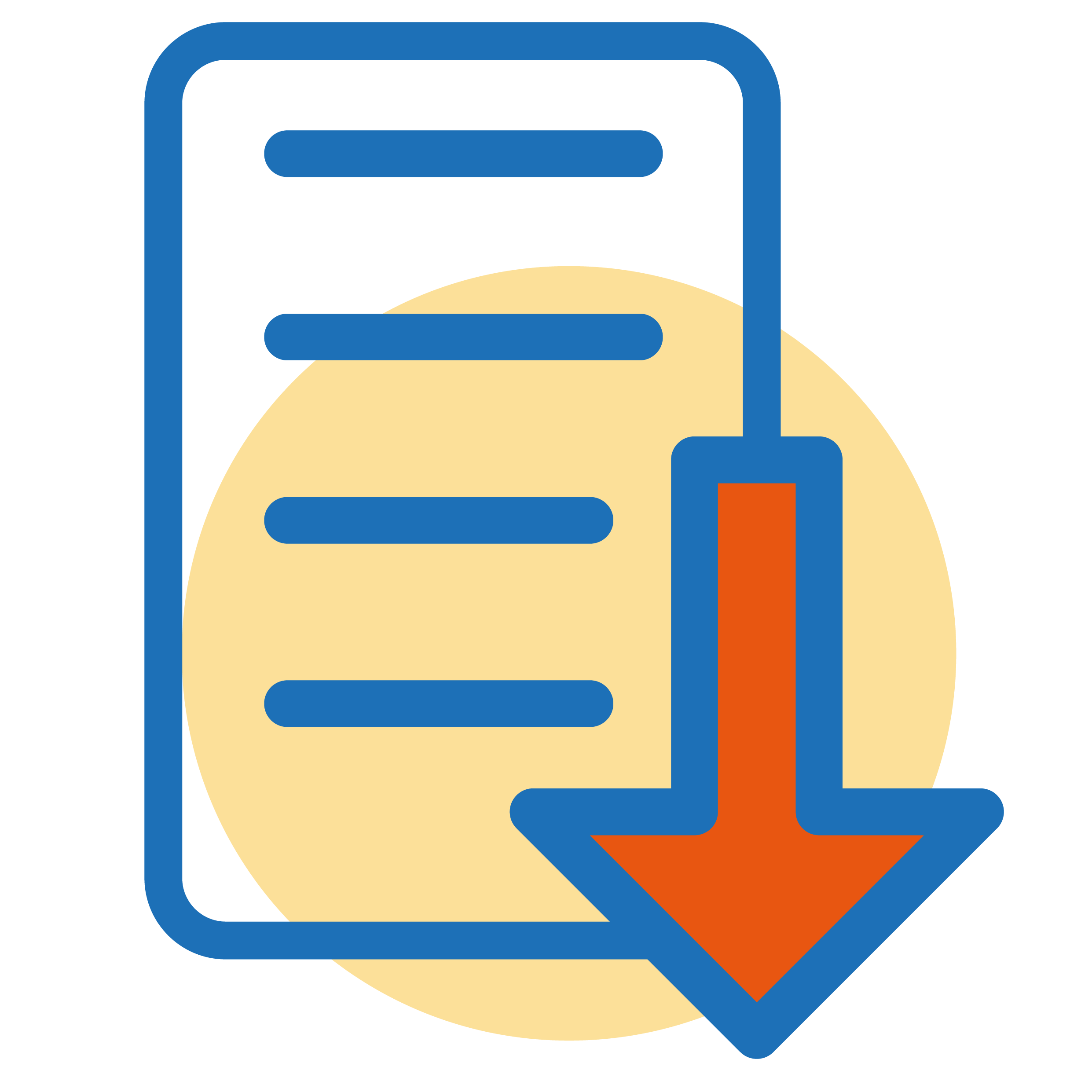Use it to evaluate the age division that currently exists in your NSO
Introduction
An important part of reviewing your Youth Programme is to question the age division that currently exists in your NSO. Make sure the existing division corresponds to the different development stages of young people of all genders at whom it is directed, and if it coincides with other cultural aspects, such as the age structure used in the school system.
Objectives
This tool is intended to
- guide your NSO’s unit system 1 analysis to know if it is appropriate.
- obtain quantitative data that will provide information in order to guide the decision-making process.
- provide an opportunity to assess the gender balance in your NSO’s unit system.
This tool is intended for
- the team responsible for designing or reviewing your NSO’s Youth Programme.
- participants who will use this material in seminars or workshops to study, debate, and create your NSO’s Youth Programme.
How to use this tool
1. Organise four teams to carry out their tasks simultaneously:
- Team 1 – Analysis of the distribution of numbers of members per unit.
- Team 2 – Analysis of links between units.
- Team 3 – Analysis of age and gender distribution within units.
- Team 4 – Analysis of membership rotation.
2. Hold a work meeting where each team presents the conclusions of their analysis in plenary.
3. Based on each team’s conclusions, try to reach final conclusions for the entire group.
| Team 1 |
|
How are the members distributed throughout units? Are the members more or less equally distributed between the units or can you identify an imbalance between certain units? |
|
|
| Team 2 |
|
How are the links between units? |
|
For example, how are the 11‒12-year-olds distributed between the Cubs and Scout units or how are the 16‒18-year-olds distributed between the Venturers and Rover units. This comparison will allow you to check if the major units are attractive enough or to identify at what stage you are losing membership. |
| Team 3 |
|
What is the age distribution within each unit? |
|
There could be an imbalance between the members of the same unit, for example, in the Scout unit, an imbalance between 11‒12-year-s olds and those aged 13‒14.
If there is an imbalance, do you think that a different distribution of the age ranges could resolve this imbalance? |
| Team 4 |
|
What is the membership rotation within each unit? |
| Some NSOs attract young people but fail to retain them. When this happens, every year there is a high percentage of new members. In most cases this is hard to detect. If this information cannot be obtained using your NSO records system, it will be necessary to investigate by sampling different units from different parts of the country, in order to determine the proportion of members that enter and leave each year. |
Use it to promote a reflection on the criteria used to set the minimum and maximum ages in a Youth Programme.
Introduction
An important part of the task of designing or reviewing your NSO’s Youth Programme is to ask yourselves about the minimum and maximum ages of the young people you serve. Many times, when defining a Youth Programme’s minimum and maximum ages, NSOs only resort to criteria of an evolutionary nature, ignoring the diversity and complexity of aspects that must be considered when defining the age limits of a Youth Programme.
Objectives
This tool is intended to
- promote rational reflection on the criteria used to set the minimum and maximum ages in a Youth Programme.
- analyse the advantages and disadvantages of these age limits in relation to a Youth Programme.
- evaluate the validity of those criteria.
This tool is suggested for
- the team responsible for the process of designing or reviewing your NSO’s Youth Programme.
- participants participating in the reflection or debate (seminars, workshops, etc.) organised by your NSO when designing or reviewing its Youth Programme.
How to use this tool
- Organise four work teams, one team for each group of questions.
- Have the teams debate the corresponding questions and try to reach conclusions.
- Ask the teams to share their conclusions in a plenary session. Make time for debate while also reaching a consensus.
Questions for discussion in each of the four groups
| A. CRITERIA |
| 1.A. What were the criteria used to define the minimum age for the programme that we offer? What types of criteria are they? (social, educational, economic, etc.) |
| 2.A. What were the criteria used to define the maximum age of the programme that we offer? What types of criteria are they? (social, educational, economic, etc.) |
Use the following table to record your findings
| Criteria based on which a minimum/maximum age were defined | |
| Advantages | Disadvantages |
| 3.A. Are the criteria used in both cases still enforced? |
| B. NEEDS AND INTERESTS |
| 1.B. What social and educational needs did we take into account when defining the minimum age for entering the programme? (Make a list of these needs differentiating the social from the educational ones.) |
| 2.B. What social and educational needs did we take into account when defining the maximum age of the programme? (Make a list of these needs differentiating the social from the educational ones.) |
| 3.B. From the previous list, answer these questions: Is our Youth Programme addressing those social and educational needs? Yes/No? Why? |
| C. CONDITIONS |
| 1.C. Is the Scout Method relevant to serving young people of the minimum age, as well as young people of the maximum age? |
| 2.C. Do we have the right adults to respond to the needs and interests of children of the minimum age? Yes/No? Why? |
| 3.C. Do we have adequate Youth Programme materials to respond to the needs and interests of children of the minimum age? Yes/No? Why? |
| 4.C. Do we have adequate facilities to carry out activities with young people of the minimum age defined in our Youth Programme? |
| D. STATISTICAL INFORMATION |
| 1.D. What percentage of the young people who entered at the minimum age continued participating in the Youth Programme in the older sections? |
| 2.D. What percentage of young people leave the older age section without completing the stipulated maximum age? |
| 3.C. Why do young people leave the older age section without reaching the stipulated maximum age? |
Use it to obtain relevant information to make an informed decision regarding the age sections of your Youth Programme.
Introduction
Once you have defined the minimum and maximum age limits for your Youth Programme, you will need to define the age groups that will make up each of the age sections.
Objectives
This tool is intended to
- help your NSO to obtain relevant information that allows you to make an informed decision regarding how to shape the age groups that will give rise to the age sections of your Youth Programme.
- provide a rational decision-making process for defining the age groups that will make up your educational offer.
This tool is intended for
- the team responsible for designing or reviewing your NSO’s Youth Programme.
- participants of the study or discussions (seminars, workshops, etc.) organised by your NSO when designing or reviewing its Youth Programme.
How to use this tool
- Form four working groups, each with a specific research topic. See the annex for statements to guide the work of the groups.
- Task each group with carrying out their research. This should not only include scholarly research but also interviewing and consulting experts from different disciplines and organisations (UNESCO, UNICEF, Universities, etc.).
- Have each working group organise their findings in a presentation.
- Ask each group to share their information in a plenary session with the other groups, analysing the similarities and trying to reach an agreement on the age groupings that can be formed.
Annex
Instructions to guide the working groups
|
Working group 1 Analyse the ages that make up the educational system in the country |
| 1.a. How many levels does the country’s educational system have? |
| 1.b. What age range comprises each of the levels of the educational system? |
| 1.c. Why were these age groups defined? |
| 1.d. Is the school organised in grades made up of children or youth of similar ages? |
|
Working group 2 Analyse the social groupings of boys and girls |
| 2.a. How do young people get together to play? |
| 2.b. How are they grouped together for other free time activities? |
| 2.c. In the different social classes, regions, and cultures of the country, are there differences in the forms of groupings? |
|
Working group 3 Analyse the social groups of adolescents and youth |
| 3.a. How are adolescents and young people grouped together in their free time activities? |
| 3.b. In the different social classes, regions, and cultures of the country, are there differences in the groupings? |
|
Working group 4 Analyse the stages of development |
| 4.a. How does developmental or evolutionary psychology define the stages of human development in the country? |
| 4.b. How does the social, cultural, or environmental factors affect these stages of development? |
Use it to define your NSO’s age sections
Introduction
Once you have defined the minimum and maximum age limits for your Youth Programme, you need to obtain information that allows you to identify the age groups.
In this second step, based on the age groups identified using the previous tool, you will define the units (age sections) that will make up your NSO.
Objective
This tool is intended to
- help the national team define the units that make up your NSO’s Youth Programme based on the identified age groups.
This tool is intended for
- the team responsible for revising or developing your NSO’s Youth Programme.
- the participants of the study or discussions (seminars, workshops, etc.) organised by your NSO when designing or reviewing its Youth Programme.
How to use this tool
- Form two working groups.
- With all the information obtained in the previous stage, have each group define a proposal for age ranges for each of the units, indicating the reasons why they made these decisions.
- Then have each group present their conclusions in a plenary session, seeking to reach an agreement on the age groups that will make up each of the units.
- Analyse the final decision using the following questionnaire and, if necessary, make adjustments or improvements.
Questionnaire for the analysis of age groups that make up the units
a) Stages of development
1.a. Do the age groups in which we define the units take into account the stages of development?
b) Relationship with the formal educational system
1 b. Are our age groups related to the levels of the country’s educational system?
c) Social groups
1 c. Have we taken into account the way in which children (boys and girls) and young people are grouped together in society?
2 c. Are there cultural and/or social differences in the different areas of the country that we must take into account?
3.c. Do we need to adapt the configuration of the age groups to the different cultural, social and economic realities of our country?
d) Flexibility
1.d. Will we use a flexible age range system that allows for individual differences to be taken into account?
2.d. Will we use an overlapping system between one unit and another (one year for example)?
e) Duration of each unit
1 e. When defining the extent of each of the units, did we take into account the current needs and interests of the different ages that comprise them?



